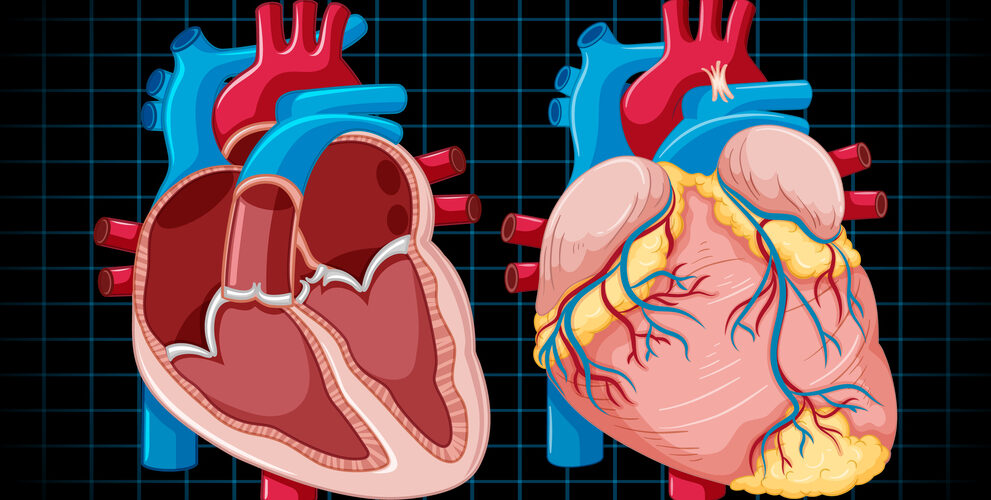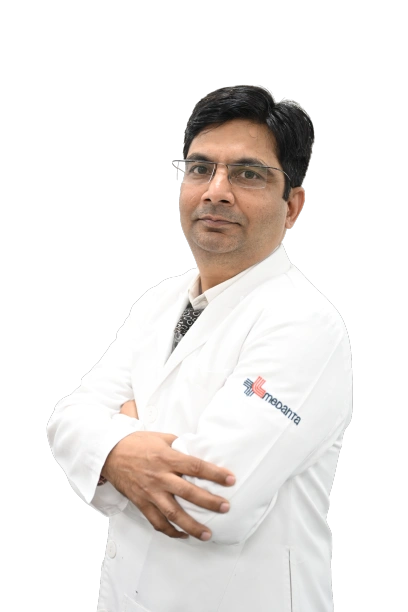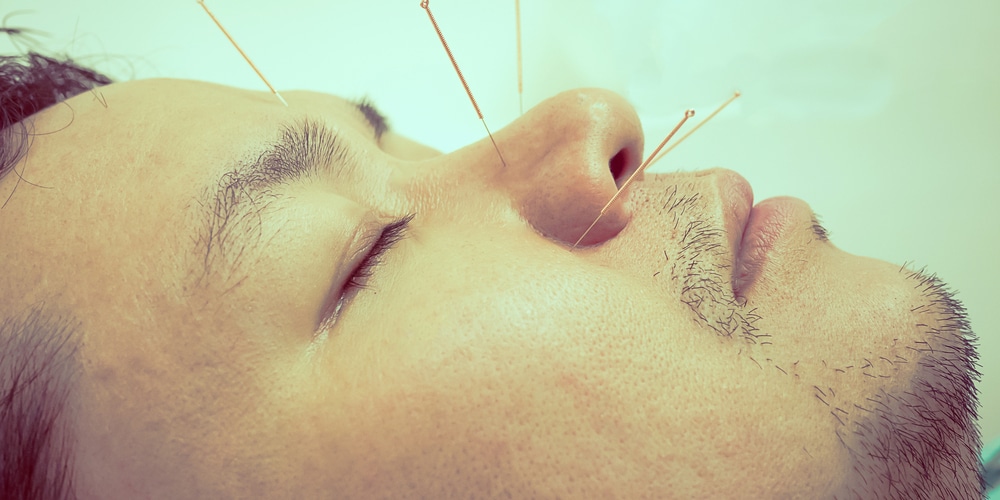We should not miss a beat to take care of our own heart health, says Dr Tarun Kumar
Cardiovascular diseases (CVDs) have become one of India’s biggest health concerns, claiming thousands of lives every year and affecting people at increasingly younger ages.
Author
Author
- admin / 2 months

- 0
- 6 min read

Author
Cardiovascular diseases (CVDs) have become one of India’s biggest health concerns, claiming thousands of lives every year and affecting people at increasingly younger ages. According to the World Health Organisation, CVDs account for nearly 27 per cent of all noncommunicable disease deaths in India and are responsible for 45 per cent of deaths among those aged 40–69. Even more worrying, recent studies show rising hypertension and obesity among children and adolescents—placing nearly 69 million (6.9 crore) Indian youth at risk of future heart disease.
The growing crisis is reflected in tragic incidents across the country. In Rajasthan’s Sikar district, a nine-year-old girl collapsed in school and died, reportedly of a heart attack, after suddenly dropping her lunchbox during the break. In Maharashtra’s Kolhapur, a 10-year-old boy died while playing at a Ganpati mandal after he began feeling uneasy and collapsed. These are not isolated cases but reminders that even children are becoming vulnerable to heart-related issues.
First Check spoke with Dr (Prof) Tarun Kumar, Associate Director and Head, Medanta Moolchand Heart Center, to understand why India is seeing such an alarming rise in heart disease, why even children are at risk, and what families can do to detect, prevent, and manage this silent killer.
India’s escalating heart crisis
India is facing a growing heart disease crisis, and the risks are far higher compared to many other countries. “Indians are three to five times more prone to heart disease than populations in the US, Japan, or China,” explained Dr Tarun. Traditionally, cases emerged a decade earlier in India, with the peak incidence at 50–60 years of age, compared to 60–70 in the West.
What alarms experts now is the shift in age profile. “In the post-COVID era, more cases are being reported among younger people, especially those between 35 and 45. Sudden deaths in this group are rising,” Dr Tarun said.

He attributed this trend to both genetic and lifestyle factors. India already leads the world in hypertension and diabetes, while obesity is rising sharply—even among teenagers, with nearly 40 per cent classified as obese. A recent study also showed that in 40–50 per cent of couples, both partners are overweight.
“Obesity, diabetes, hypertension, stress, sedentary living, and smoking are major drivers,” Dr Tarun noted. “Even those who don’t smoke are exposed to high risk due to severe environmental pollution.”
Heart disease in children and teenagers
Cardiac complications are no longer limited to adults—cases among children and teenagers are also being reported, though the causes differ significantly. Dr Tarun explained, “It is important to distinguish between cardiac arrest and heart attack. A cardiac arrest is an electrical phenomenon in which the heart suddenly stops beating, and the blood supply to vital organs collapses. A heart attack, on the other hand, is caused by blocked arteries leading to reduced blood flow, chest pain, or myocardial ischemia.”
In adults and the elderly, heart attacks are the most common trigger for cardiac arrest. “More than 90 per cent of sudden cardiac arrests in older patients are linked to heart attacks,” he noted. “But in children, that is not the case—there are other factors at play.”
According to Dr Tarun, these include genetic arrhythmias such as long QT syndrome or Brugada syndrome, which can cause sudden fluctuations in heart rhythm. Cardiomyopathies, particularly hypertrophic cardiomyopathy, may also lead to dangerous arrhythmias during physical exertion. In some cases, congenital coronary artery anomalies are responsible for reduced blood flow and collapse.
“Heart attacks in children are extremely rare,” Dr Tarun clarified. “They usually occur only in those with a very strong family history of coronary artery disease. For most children, cardiac arrest is linked to arrhythmias, cardiomyopathies, or structural anomalies rather than blocked arteries.”
Why are cases rising in India?
According to Dr Tarun, heart disease can broadly present as chronic coronary artery disease or acute coronary syndromes.
In the chronic form, cholesterol deposits gradually narrow arteries, causing exertional chest pain. In acute syndromes, however, even small cholesterol deposits can rupture suddenly, leading to clot formation and complete blockage. “This can happen at any age, depending on genetic makeup and risk factors,” he says.
Stress, uncontrolled diabetes, hypertension, sedentary lifestyles, and poor diet all increase vulnerability. But Dr Tarun highlights modern lifestyle factors too- “energy drinks, steroids, unregulated protein supplements, and sudden unaccustomed exercise are increasingly triggering acute heart attacks in the young. We’ve seen people collapse at gyms or dance floors because of plaque rupture.”
What early warning signs should people never ignore?
Recognising early warning signs of heart disease can be lifesaving. “If someone experiences discomfort, heaviness, burning, or pain in the chest—whether in the center or left side—it should not be ignored,” said Dr Tarun. He explained that the discomfort can also appear in the upper abdomen, radiate to the left arm, or even extend to the lower jaw.
When these symptoms are accompanied by sweating, breathlessness, or a feeling of unease, immediate medical attention is crucial. “Consult a doctor right away so that the cause can be properly evaluated,” he advised.
Dr Tarun also emphasised the importance of preventive checks, especially for teenagers with risk factors such as obesity, diabetes, or a family history of heart disease. “Children entering adolescence should undergo ECG, echocardiography, blood sugar, and lipid profile tests, along with monitoring weight and BMI. If anything appears abnormal, it should be rechecked periodically,” he said.
For young people planning to start intense workouts, Dr Tarun recommended precautionary screenings. “At minimum, they should get an ECG, echocardiography, and treadmill test (TMT) done before beginning heavy exercise,” he noted.
He also cautioned against unsafe supplements. “Many protein powders and steroid-based products on the market are of questionable quality. It’s always safer to rely on natural sources—fruits, vegetables, and proteins from whole foods—rather than artificial products,” he added. Exercise, he stressed, should always be done under proper guidance.
A message on World Heart Day: Don’t miss a beat
This year’s World Heart Day theme—Don’t Miss a Beat—resonated strongly with Dr Tarun. “You are the most important person to yourself and your family. Don’t miss a beat, take charge of your health,” he says.
He recommends periodic check-ups, even if one feels healthy- annual blood investigations, regular monitoring of blood pressure, sugar, lipids, and weight, and 30–45 minutes of moderate exercise at least five days a week.
“Risk stratification must begin early by age 25 or 30. Today, we have advanced tools like coronary calcium scoring and genetic markers that can identify risks early. If needed, even a small cholesterol-lowering tablet can dramatically reduce the chance of a future heart attack. Prevention is always better than cure,” he adds.
“Every moment counts when it comes to your heart. Don’t miss a beat to care for it,” Dr Tarun advised.
Also read: Can tongue scraping really prevent Alzheimer’s and heart disease?
(Do you have a health-related claim that you would like us to fact-check? Send it to us, and we will fact-check it for you! You can send it on WhatsApp at +91-9311223141, mail us at hello@firstcheck.in, or click here to submit it online)










